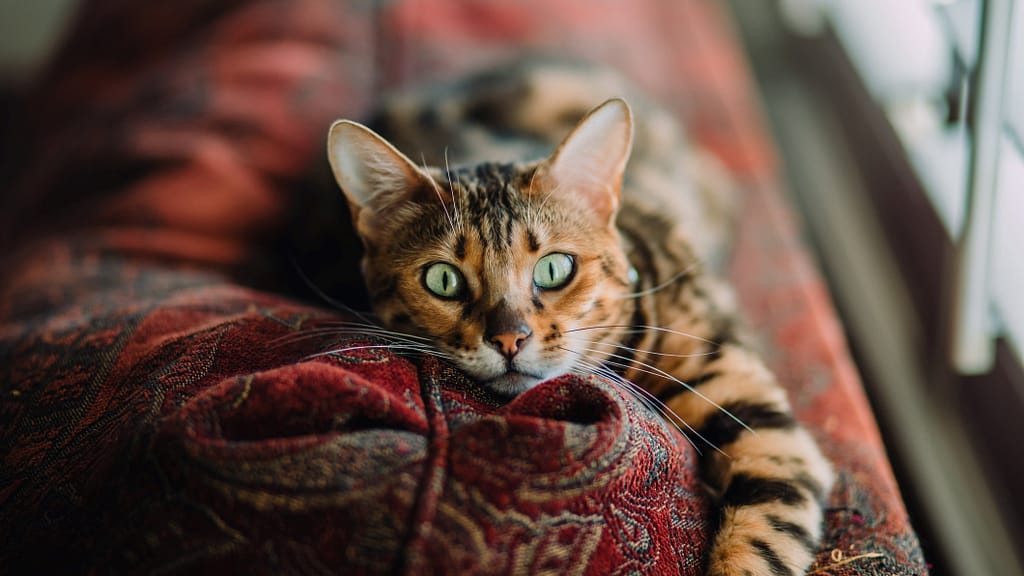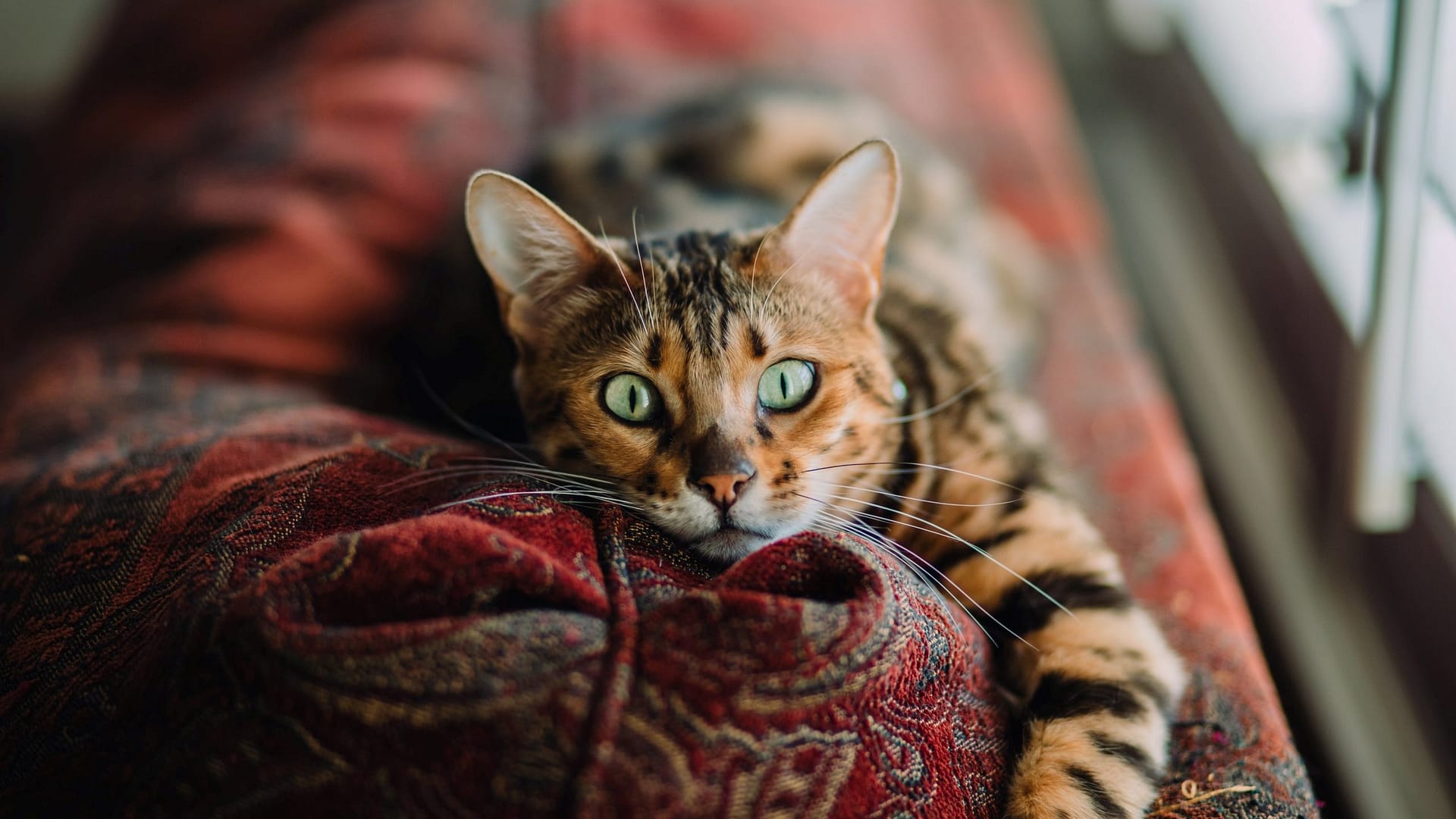This article by Adina Rosen was originally published on Goodnet.
Hidden from the public eye, the cellar has been home to whiskered helpers for the last 250 years.
Does your cat think it rules the house? Does it expect to be treated like royalty? Don’t worry, you aren’t alone.
In the days of antiquity in Egypt, cats were revered and worshiped as divine. Later, they became pets and companions of great and mighty leaders.
But the reign of the housecat continues.
In Saint Petersburg, Russia, deep beneath the hallowed halls of the former Winter Palace, lies another palace — this one built with felines in mind.

The ‘guardians of the gallery’
CNN Travel takes its readers on a journey back to the days of Russian Empress Elizabeth I who commissioned the elaborate, baroque Winter Palace and Hermitage Museum along with its rare works of art, in the 1750s.
Empress Elizabeth welcomed a handful of cats, who worked to keep the museum and palace free of mice and rats. She reportedly called these pets “guardians of the gallery.”
The Tsarina didn’t want “proletarian” cats serving the Russian aristocracy. Instead, she imported the cream of the crop, upper-class cats all the way from Kazan in southeast Russia, more than 750 miles away.
These lucky felines moved into the koshachiy dom (cat house in Russian) in the basement of the 233,000 square foot palace, where they immediately got to work, earning their room and board by deterring and catching rodents.
Seeking a job: will work for mice
The fall of the Soviet Union in the 1990s saw a rise in the standard of living for Hermitage cats. Mikhail Piotrovsky, the museum’s director, adopted stray cats made homeless by the economic crisis.
Despite the country’s struggles with unemployment, these cats had good, steady jobs. And they were “paid” well for their mousing services, in room and board, by museum employees who doted upon them.
Since the 1990s, the status of these “essential workers” has only increased. Now, donors worldwide support their comfortable lifestyle. These felines even have a press secretary devoted to championing their cause.
And donors have been more than willing to open their purses to keep these cats warm, fed, and well cared for. Travel and Leisure tells the story of a French philanthropist who, in 2020, and enchanted with the cats’ online profiles, left a generous legacy for the precious felines.
Meanwhile, the museum has leveraged the cats’ popularity to draw in interested fans and visitors.
About a decade ago, it even commissioned artist Eldar Zakirov to create classical portraits of cats wearing traditional Russian aristocratic (or rather “aristoricatic”) dress for display in the Museum.

Kitty oracle
In the bygone days of the Russian Empire, the Winter Palace had its tarot cards, fortune tellers and royal oracles. Hyperallergic names Achilles as a living relic of that era.
Achilles, a sleek white cat with sparkling blue eyes, although deaf, apparently hears the future in his mind. According to TASS, this feline psychic has been predicting the Euro and FIFA World Cup winners since 2017 with a 75% accuracy rate.
Cat carers place two food bowls before Achilles, each containing a different flag, and Achilles chooses the future winner from the two bowls. And gets it right, at least some of the time.
So maybe, the ancient Egyptians were right to assume cats had divine powers. After all, the superhero cats at the Hermitage Museum can not only tell the future and protect an ancient museum, they are also cherished pets.
The Hermitage cats are a good reason for cat lovers to check out the amazing treasure trove of history and art featured in the Hermitage Museum.
- Goodnet

Don’t miss out on a single article!
Enjoy unlimited access to over 500 articles & podcast that give you a positive perspective on the state of the world and show you practical ways you can help.
Notes:
- Showcase. “The Hermitage Cats | Culture | Showcase – YouTube.” YouTube, Showcase, 24 Jan. 2019, https://www.youtube.com/watch?v=ZA3YZrEyIuI. ↩








